Environmental Hazards
Taking a dump on the land #
Labelling solar energy as anything other than environmentally destructive is mere stupidity or an intent to lie. Solar energy is the third most destructive means of producing electricity, and is only surpassed by coal and the burning of trash by pollution production. To say that solar energy is clean is just pure ignorance of the real effects that solar energy causes to our environment.
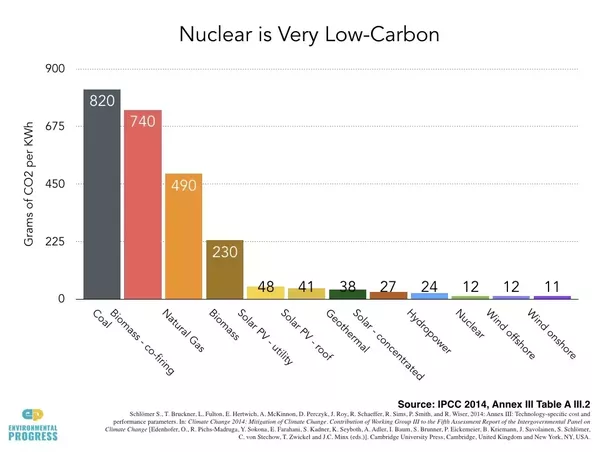
Right now, you might be thinking to yourself that you have been hearing for everywhere that solar is a clean means to produce electricity, but this information is only valid when it refers to how solar panels were manufactured over a decade ago. In other words, just because you heard from your science teacher that solar energy is clean does not make it true in today’s solar industry. As mentioned in health, the manufacturing process for how solar panels has changed, and with this change has come a whole new breed of environmental impacts that completely demolish solar energies claim to being a clean form of energy, and have established solar’s new reputation as being the third most polluting form on energy production there is on the market, behind burning human waste and coal.
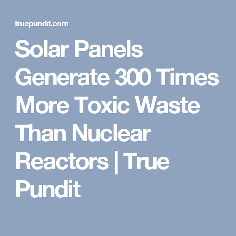
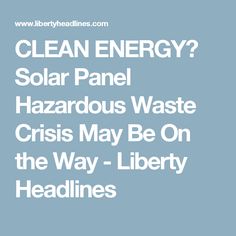
Dispelling Beltline’s Myths #
Before we begin getting into the various environmental hazards that solar energy creates. Let us take a few moments to dispel a few myths that were told to our local county Commissioners. These myths are very misleading if not downright lies. We have chosen to discuss them here, because this appears to be one of the most visited pages.
- The solar panels incorporated into their installations will be non-toxic.
- Non-toxic solar panels were only developed within the past year or two according to Cambridge University. It will likely take another five, ten, or even fifteen years for them to become commercially available on the public market. Even if they were available on the market, and they are not, they would be exceedingly more expensive than the other inexpensive toxic solar panels. This is because the new non-toxic solar panels incorporate the use of several very expensive rare metals. The price of these new non-toxic panels would be so much more costly in respect to the standard toxic panels that it would make solar energy no longer cost effective to invest in.
- They will recycle their solar panels.
- Again, this process was only discovered within the past two to three years and one of our listed references, published in may 2018, states that it will take another fifteen years for this process to become publicly available on the consumer market. Saying this, there is a company located in Australia that is attempting to speed up the development process of this method and are offering recycling commercially. But, they are located in Australia, and shipping several tons of toxic waste to Australia is so costly it could not be afforded in most situations, and the cost of recycling is extremely expensive. In reality, between sixty to ninety percent of disposed solar panels are illegally transported out of the county to rot in the landfills of third world countries, where they are left to pollute the soil and plague the local population. So, to say the least this option is not reality.
- There is no glare.
- This is just not true in the least. Beltline is not the first company to wrongfully claim this, several others have, and it is just not true. This year in Somerset, Great Britain the British Aeronautical Association ruled that the cause of a fiery plane crash was the result of the pilot being blinded by the reflection of one of UK’s largest solar power facilities. Also, in Indiana a farmer fighting a planned solar power plant, stated that ‘anyone can tell they are just as reflective as a lake if not more so.’ According to our research there has been no development or change in the manufacturing of solar panels to reduce the glare. Another reason to dispel this myth is the new discovered phenomena of bird deaths surrounding solar facilities. Some of these deaths have been attributed to the amount of radiation being reflected back up into the atmosphere which overheated migratory birds causing them to lose flight and plummet to the ground.
- The motors that track the sun are silent.
- Here is where Beltline manipulated their facts. In their presentation they made it appear that the overall decibel level of the sum total of motors would equivocate to sixty decibels. But, when further research was accomplished we discovered that each motor would generate sixty decibels from a distance of sixty feet. Since the facility would have well over a hundred of these motors if not several hundred, then the combined sum total decibel level would be much greater. For reference, sixty decibels is about the volume level of an extremely busy restaurant. Multiply this factor by over a hundred and you will wind up with a facility that is as loud as Sanford Stadium during kick off. Which means it will probably be audible for over a mile in the least.
- Beltline would dismantle and de-install the facility when they are done.
- Another misleading statement. The cost of dismantling a solar power plant is roughly the same as the cost of installing it, which would be in the millions, and once it is dismantled there is no place for the solar panels to be disposed of. Every landfill in the united states is recommended to not accept solar panels because of the high levels of cadmium and lead inside of them. Without the landfill to accept them, and no process currently available to recycle them, the only two options are to let them rot in place and pollute the surrounding land, or ship them off to a third world county for them to pollute their landfill. Regardless, it appears that there is no intention to recycle them anyway, Beltline has never done this, and there are serious doubts to Beltline’s financial solvency. They simply will not have the funds to do this when it comes time. The truth of the matter is that once solar power plants are installed, they are done so permanently, and offer no financially viable means to remove them.
You see, just like the financial figures Beltline presented, the truth is far from what they proclaim. Which gives reason to suspect that they are simply nothing more than a scam, and the planned facility is nothing more than a means for one person to profit off the suffering of an entire neighbourhood.
Cadmium Telluride, lead, and toxic seepage #
Cadmium telluride is the most common doping agent used in the production of solar panels on the market today. When exposed to high heat temperatures it transforms from a solid to a highly carcinogenic vapour. This toxin is dangerous to all carbon based lifeforms. But there is another characteristic of cadmium telluride that makes it particularly dangerous when incorporated into solar panels, cadmium telluride is highly water soluble, and when ingested by humans can result in physical deformities and genetically inherited birth defects that will be passed down from generation to generation.
The solar industry have tried vary hard to claim that cadmium telluride is not water soluble, but these claims were put to rest by the university of Stuttgart in Germany. The university’s photovoltaic institute performed a study and were surprised to discover that cadmium telluride was more than just water soluble, it was highly water soluble. The findings of their research state that the entire amount of cadmium telluride within a solar panel can be completely washed out within a matter of months. This toxin once washed out of the panel penetrates the soil contaminating the soil viability and contaminating the ground water supply. This toxin will then flow into waterways and streams contaminating our rivers and lakes and other sources of water that livestock and wildlife feed off of.
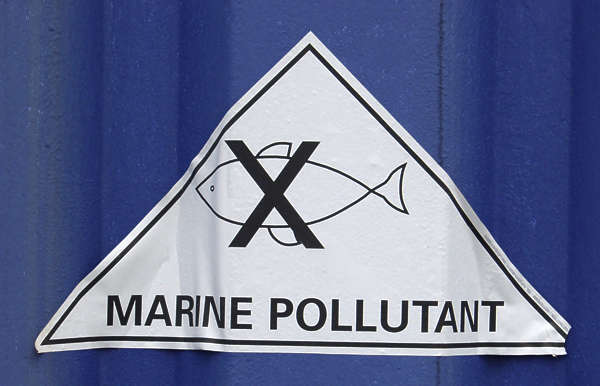
This particular toxin is so poisonous and poses such a problem with clean up that the university of North Carolina recommends that all topsoil that lies under solar power plants should be removed immediately after the facility is removed. Even the Georgia institute of technology recommends that an impenetrable barrier be placed underneath solar facilities to prevent the run off from ever entering the ground water and connected waterways.
Cadmium telluride also has a huge effect on the cost of power plant deinstallation. The current cost of removing a solar power plant is roughly equivocal to the cost of installing it to begin with. Such a steep cost means that the majority of solar installations are simply abandoned, and left to rot where they stand. The toxicity of the solar panels have been deemed so great that landfills across the country are recommended to not accept solar panels at all and there is no process to recycle the solar panels available on today’s market. All of this means that solar installations are majorly permanent installations. In almost all instances, no one can afford to properly remove the toxic panels and no one can afford to deinstall the facility, so once the facility is not longer efficient enough to remain in operation the only option available is to abandon the facility and leave the toxins to continue to pollute obliterating the valuation of local property and creating a toxic waste dump for future generations to inherit the problems from.
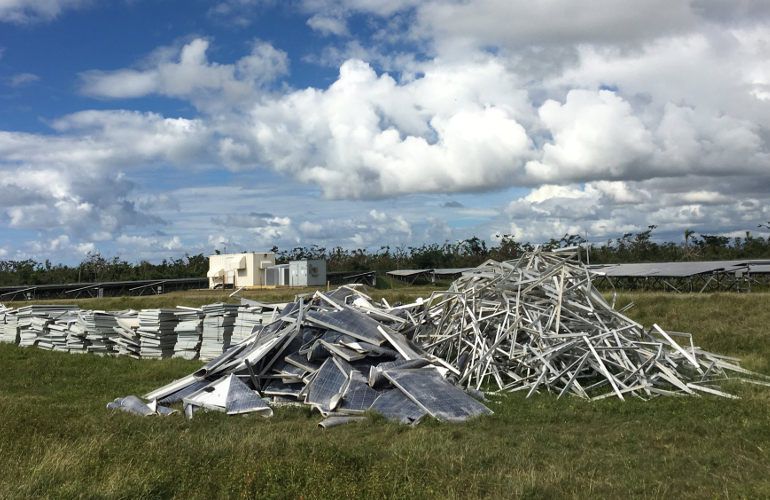
What if there is no cadmium? – NEW #
According to the research performed at the University of Stuttgart, even if there is not cadmium used in the production of the panels, then there will always be the existence of lead solder. Before tackling all the problems with the incorporation of lead and lead seepage. There is another form solder available, which is a alloy of silver, but since the nineteen eighties has been discontinued in use. The reasons for it’s discontinuance was the discovery that when this solder when exposed to extremes in temperature would form a crystalline structure, begin to shatter, and lose it’s electric conductivity properties. It has officially been banned for use in the aeronautical industry, and thus is rarely employed for use. This alternative solder is also much more expensive than lead solder, so it is hardly used at all.
Returning to our discussion on the effects of lead solder usage. Renate Zapf, who is the researcher that performed the research on seepage, stated in her published article that the rate of lead seepage is lower than that of cadmium, but this rate of seepage is not dramatically slower, only slightly slower. Meaning that the risks of heavy metal pollution are just as real with non-cadmium containing solar panels as the cadmium containing panels. Either way, the situation still remains that it is only a matter of time until hazardous substances are released into the environment and unless properly disposed of will completely leach out and contaminate which ever area they inhabit. Heavy metal pollution is the harsh reality that faces all solar power plants, and those who reside by them.
Solar Energy is nothing more than a battery charger #
It is upsetting to burst someone else’s bubble, but solar arrays are nothing more than a sophisticated battery charger. Without the incorporation of batteries to store the power generated during a sunny day solar power plants are useless for general household use. The reasons for this should be obvious, because without batteries to store the energy during the night, then there will be no power at all during the night time. But proponents of solar power do not like to admit that the dream of solar energy is completely dependent on toxic acid based car batteries. Anyone who has possessed a cell phone for more than a few years will notice that over time the battery charge of their phone will last less longer as time goes on. This means that every time they charge their phone, the efficiency of the battery within the phone reduces. Eventually with enough use the lithium battery will lose all ability to retain a charge and must be discarded. Acid based batteries cannot withstand the process of constantly circulating a charge nearly as much as lithium batteries do, and will lose their ability to charge much quicker than lithium batteries do.
It is this inefficiency of acid based batteries that generates another of the many ways solar power plants increase and produce pollution harming the environment. Batteries are refurbished but are not recycled. This means that lead core inside the battery can be removed and used again, but the sulphuric acid contained within the battery will need to be disposed of and handled with care.
Do not forget that when current is travelling through acid based batteries a toxic vapour is released from the batteries and is exposed to the environment. The toxic vapour coagulates on clouds in the atmosphere and comes down in the form of acid rain in other parts of the world.
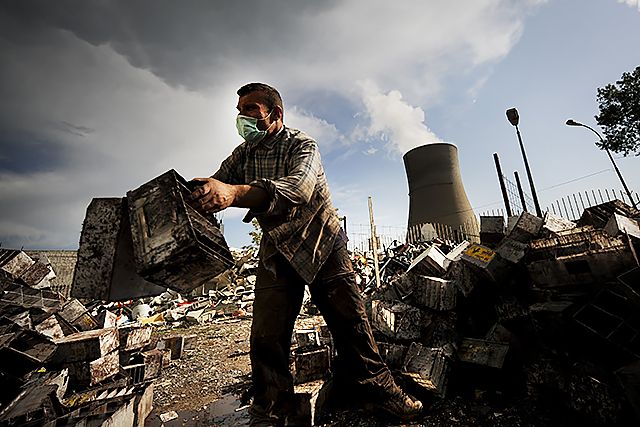
Raised ground temperatures - the solar island effect #
When scientists began to take measurements of the ground temperature from space using satellites they noticed that there was an unusual pattern that was not quite making sense. Then they received the data back they noticed that there were spots all across the united states that had a higher ground temperature than the surrounding areas. The anomalies were referred to as “islands”, because they stood out when compared to the temperature of the surrounding land just like an island stands out from the ocean. With more data received and research performed scientists confirmed that these temperature ‘islands’ were the result of large solar arrays. What they discovered was that the solar arrays absorbed so much of the sun’s radiation that they actually raised the ground temperature of the surrounding land by several degrees.
A rise by a few degrees might not sound like much to us. But in the natural world this variance can have serious ramifications. Not only can this increase in temperatures affect plant life, but can also affect the reproduction of several species of reptiles and amphibians.

Setting Birds on fire #
Admitting up front that we have not been able to do much research into this, we have learned never the less that solar arrays are not necessarily bird friendly. In fact, solar power plants have adopted the reputation of avian killers. Reportedly, solar power plants kill birds, and if large enough can do so in massive numbers. It has been said that not only do the panels become so hot that they scorch birds who try to land on them, but that the radiation that is reflected back up into the atmosphere is so great that it can kill birds mid flight. There are three links at the bottom of this page that discuss this in more detail.
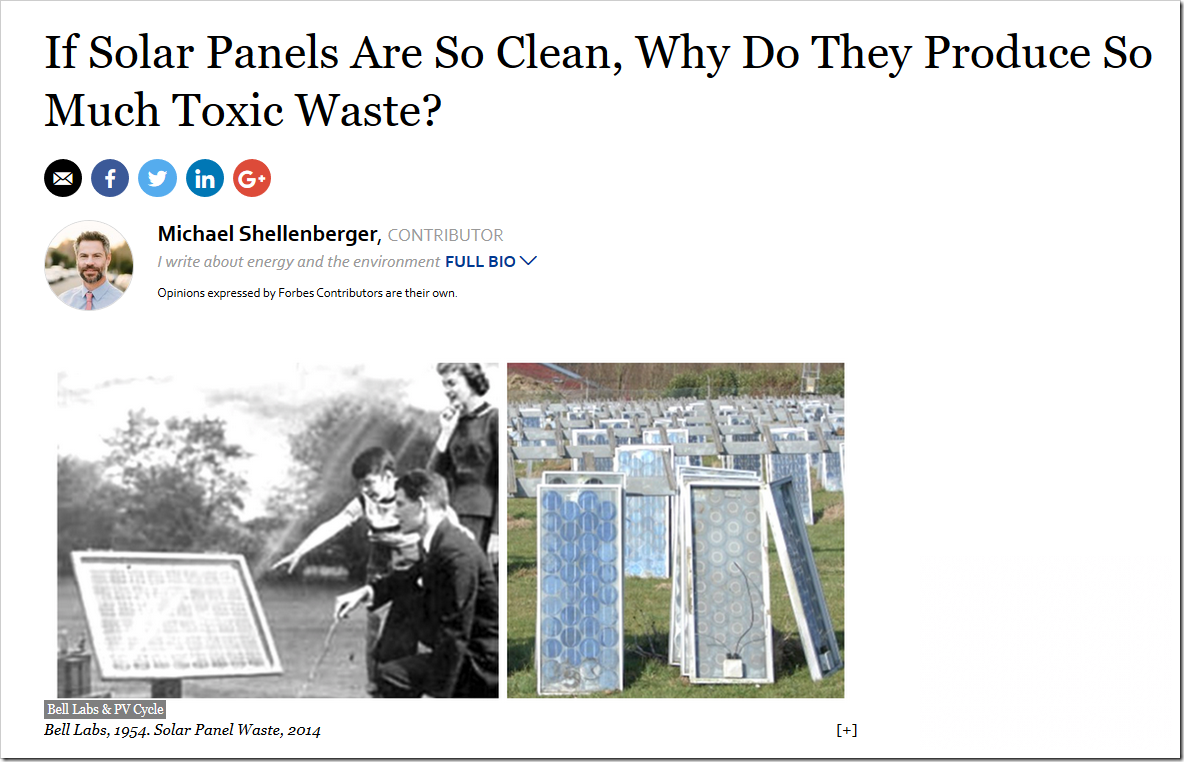
Linkages #
State may declare used solar panels e-waste
There are no articles to list here yet.
